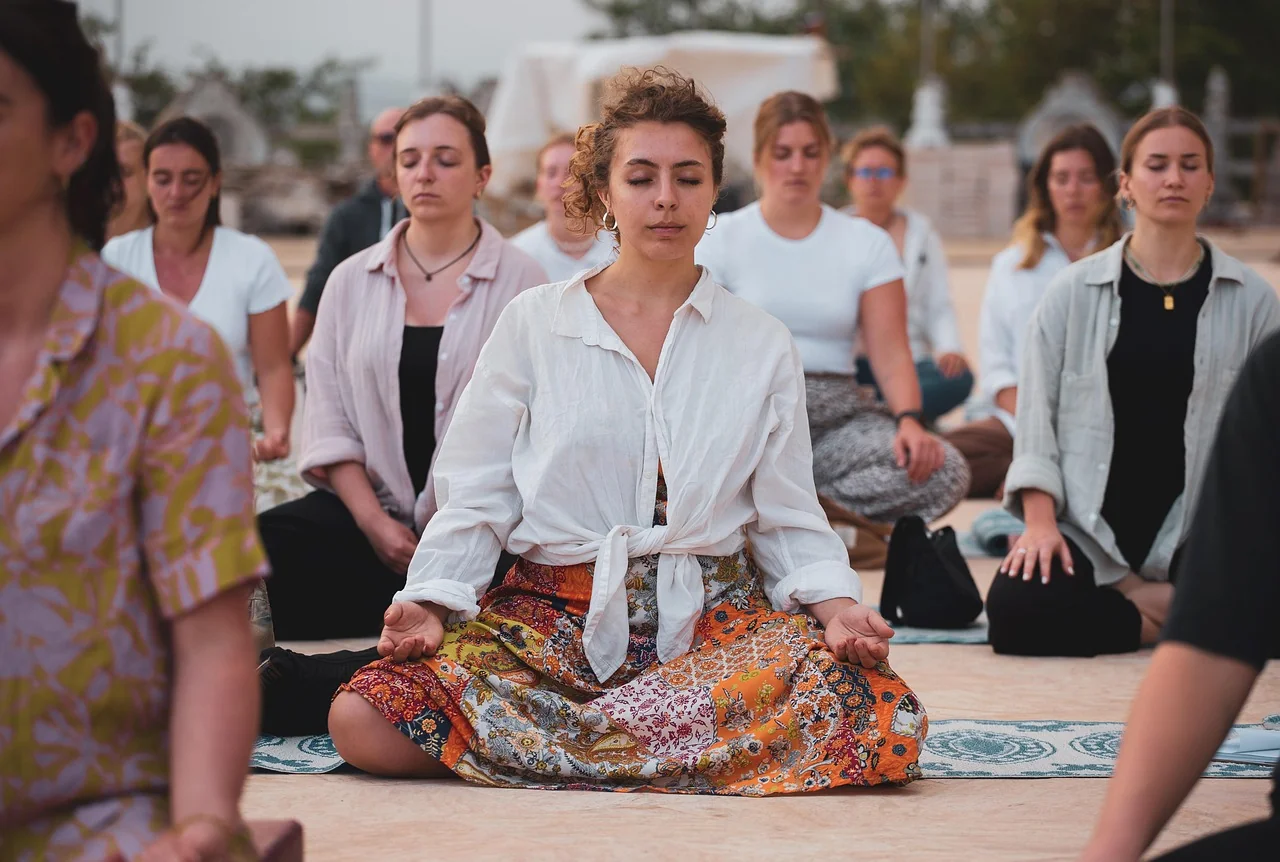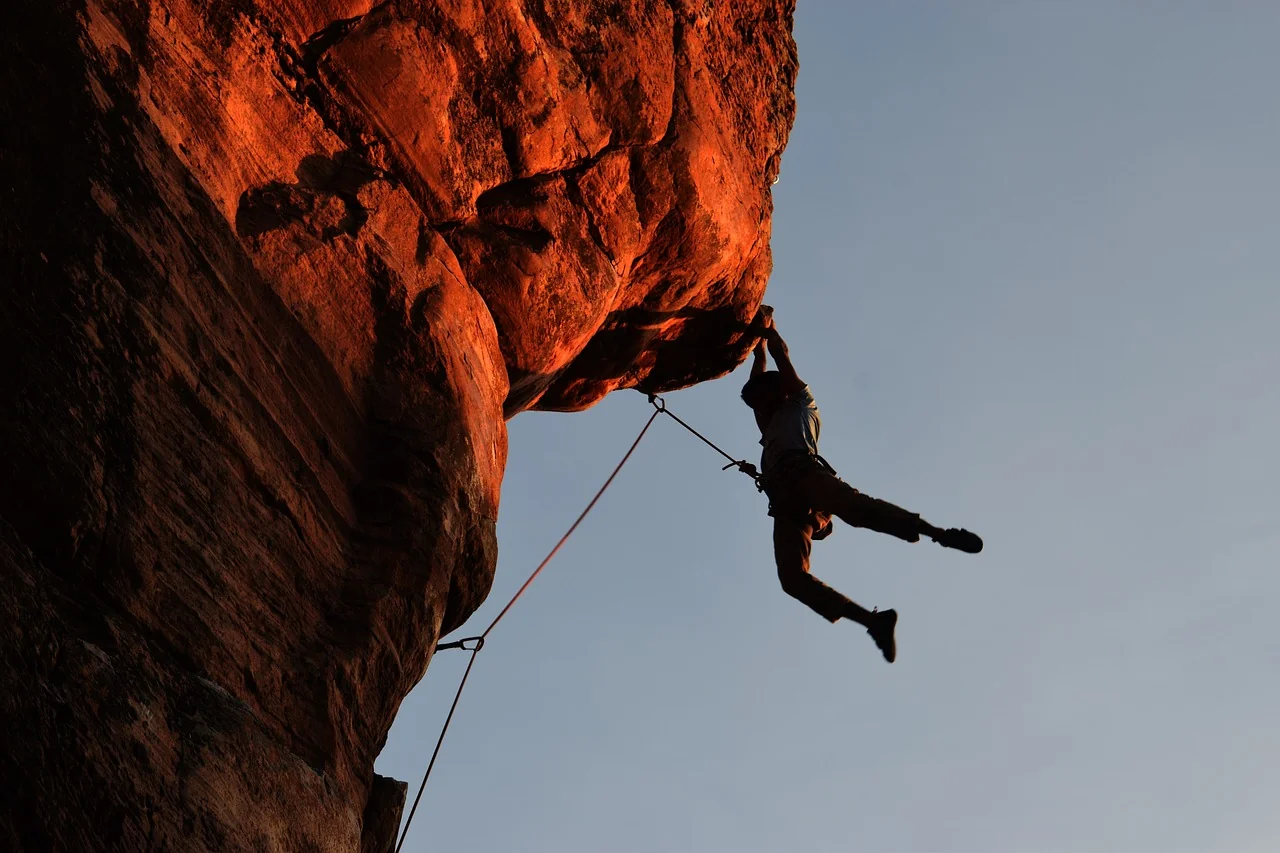That tightness in your chest, the racing thoughts you can't seem to switch off, the constant hum of worry—if you're searching for the best guided meditation for anxiety, you're already taking a powerful step toward calm. You're not just looking for any meditation; you're looking for a proven anchor, a voice that can gently guide your nervous system out of its fight-or-flight state and into a place of safety and rest.
The right practice can feel like a lifeline, but with countless apps, teachers, and styles available, knowing where to start is its own challenge. This guide cuts through the noise. We’ll first explore how guided meditation specifically soothes an anxious mind, then break down exactly what to look for in an effective session. Finally, we’ve curated a list of top-tier, actionable picks—from quick relief for panic moments to deeper practices for long-term resilience—so you can find the perfect audio companion for your journey back to peace.
Understanding Anxiety and How Guided Meditation Helps
Anxiety is more than just feeling stressed; it's your body's alarm system firing when there's no immediate danger. This puts your nervous system into a state of high alert, flooding you with adrenaline and cortisol. Your heart rate increases, your muscles tense, and your mind gets stuck in a loop of "what if" scenarios. It’s exhausting.
Guided meditation works by intentionally shifting your body from this sympathetic nervous system (fight-or-flight) state to the parasympathetic nervous system (rest-and-digest). It does this by giving your busy mind a single, simple point of focus—like a narrator's voice or the sensation of your breath. When your mind wanders to a worry, which it will, the guide gently brings you back without judgment. This repeated act is a form of mental training. It teaches you that you can observe anxious thoughts without being consumed by them, creating a little space between you and your anxiety. For beginners, a guided session is far more accessible than a silent, self guided meditation for anxiety because it provides that crucial external anchor, preventing you from feeling lost or frustrated.
What to Look for in the Best Guided Meditation for Anxiety
Not all meditations are created equal, especially when you're feeling anxious. A session that's perfect for one person might be irritating for another. Knowing what to listen for can help you find your ideal match quickly.
- Voice and Tone: This is often the most important factor. Do you prefer a voice that is soothing and maternal, calm and clinical, or warmly encouraging? An abrasive or overly authoritative tone can sometimes increase tension, so sample a few to see what feels reassuring to you.
- Length: Don't feel pressured to start with 30-minute sessions. For acute anxiety, a 5-minute meditation for anxiety can be a powerful tool to halt a spiral. Shorter, consistent practices are often more sustainable and effective than infrequent, long ones.
- Technique: Different techniques serve different purposes.
- Body Scan: Excellent for grounding and releasing physical tension.
- Breath Awareness: Directly calms the nervous system and anchors a racing mind.
- Loving-Kindness (Metta): Counters the negative self-talk that often accompanies anxiety.
- Visualization: Helps create an internal "safe space" for the mind to retreat to.
- Guidance Style: Some guides talk you through almost every moment, which is great for a very busy mind. Others offer more spacious silence for you to practice on your own, bridging the gap to a true self guided meditation for anxiety. If you're looking for a script to follow on your own, a guided meditation script for relaxation can be a wonderful next step.
Our Top Picks: The Best Guided Meditations for Anxiety
Here are our curated selections, chosen for their specific effectiveness in managing anxiety, their renowned teachers, and their accessible formats.
Best for Beginners: "Breathing with Anxiety" by Calm
- Source/Teacher: Tamara Levitt on the Calm app
- Duration: 10 minutes
- Key Technique: Breath Awareness
- Why It's Effective: Tamara’s voice is exceptionally calm and non-judgmental. This session doesn’t try to eliminate anxiety but teaches you to "breathe with it," changing your relationship to the feeling. It’s a foundational practice that reframes anxiety as a manageable sensation rather than a threat.
Best for Quick Relief: "The Daily Calm - Anxiety"
- Source/Teacher: Headspace app
- Duration: 10 minutes
- Key Technique: Noting and Visualization
- Why It's Effective: This session uses the technique of "noting," where you mentally label thoughts as "thinking" and feelings as "feeling." This creates instant psychological distance from your anxiety. The simple animations and straightforward explanations make the process feel less abstract and more like a practical tool you can use anytime.
Best for Panic Moments: "5-Minute Anxiety SOS"
- Source/Teacher: The Honest Guys on YouTube
- Duration: 5 minutes
- Key Technique: Grounding and Breath Control
- Why It's Effective: When you're on the verge of a panic attack, you need something immediate and directive. This short, powerful meditation uses calming music and a steady, guiding voice to pull your focus away from catastrophic thoughts and into the present moment through breath and body awareness. It’s a true emergency brake.
Best for Body-Based Anxiety: "Anxiety Relief Body Scan"
- Source/Teacher: Jon Kabat-Zinn (widely available on YouTube and Spotify)
- Duration: 20 minutes
- Key Technique: Body Scan
- Why It's Effective: For those who hold anxiety as physical tension—in the shoulders, jaw, or stomach—this is a game-changer. Kabat-Zinn, the pioneer of Mindfulness-Based Stress Reduction (MBSR), guides you to systematically bring awareness to each part of the body, releasing stored tension and teaching you that you don't have to be at war with your own physical self.
Best for Sleep: "Sleep Meditation for Anxiety"
- Source/Teacher: Jason Stephenson on YouTube
- Duration: 30-45 minutes
- Key Technique: Visualization and Breathwork
- Why It's Effective: A racing mind is the enemy of sleep. Jason Stephenson’s meditations combine deeply soothing music, calming narration, and gentle visualizations (like floating on a cloud or walking in a forest) that give your mind a positive, relaxing story to follow instead of your worries, making it easier to drift off.
A Simple Self Guided Meditation for Anxiety You Can Try Now
You don't always need an app or headphones. This simple self guided meditation for anxiety is a tool you can use anywhere, anytime you feel overwhelmed. It should take about five minutes.
Find a Quiet Space: Sit comfortably in a chair with your feet flat on the floor, or lie down on your back. Rest your hands gently on your lap or by your sides. If it feels safe, close your eyes.
Tune into Your Body: Bring your awareness to the physical sensations of your body. Notice the points of contact—your feet on the floor, your body against the chair. Don't try to change anything, just observe.
Anchor in the Breath: Shift your attention to your natural breath. Don't force it to be deeper or slower. Simply feel the cool air entering your nostrils and the warm air leaving. Notice the rise and fall of your chest or belly. Use this as your anchor to the present moment.
Notice Thoughts Without Judgment: Inevitably, thoughts will arise. Anxious thoughts about work, a memory, a to-do list. When you notice your mind has wandered, gently and kindly label it "thinking" and guide your attention back to the sensation of your breath. There is no need to criticize yourself. The practice is in the gentle return.
Gently Return and Expand: After a few minutes with the breath, slowly expand your awareness back to your whole body. Notice if you feel any different than when you started. Wiggle your fingers and toes, and when you're ready, slowly open your eyes.
The goal isn't to empty your mind, but to become the calm observer of its activity. With consistent practice, even just a few minutes a day, you can train your brain to find that calm center, making any guided meditation for anxiety—or even a quiet moment on your own—a powerful refuge.
In navigating the landscape of anxiety relief, guided meditation stands out as a profoundly accessible and effective tool. The key takeaway is that consistency and personal fit matter far more than finding a single "best" meditation. Whether you gravitate towards body scans for grounding, loving-kindness for self-compassion, or breath-focused sessions for immediate calm, the power lies in making the practice a regular part of your routine. Remember that some discomfort is normal as you begin to sit with your thoughts; the goal is non-judgmental awareness, not an empty mind. By exploring the various styles and teachers available through the recommended apps and resources, you can build a personalized toolkit for managing anxiety that travels with you anywhere. Start with just a few minutes each day, be patient with your progress, and trust that you are taking a powerful step toward reclaiming your inner peace. Your journey toward a calmer, more centered life is well within reach.


